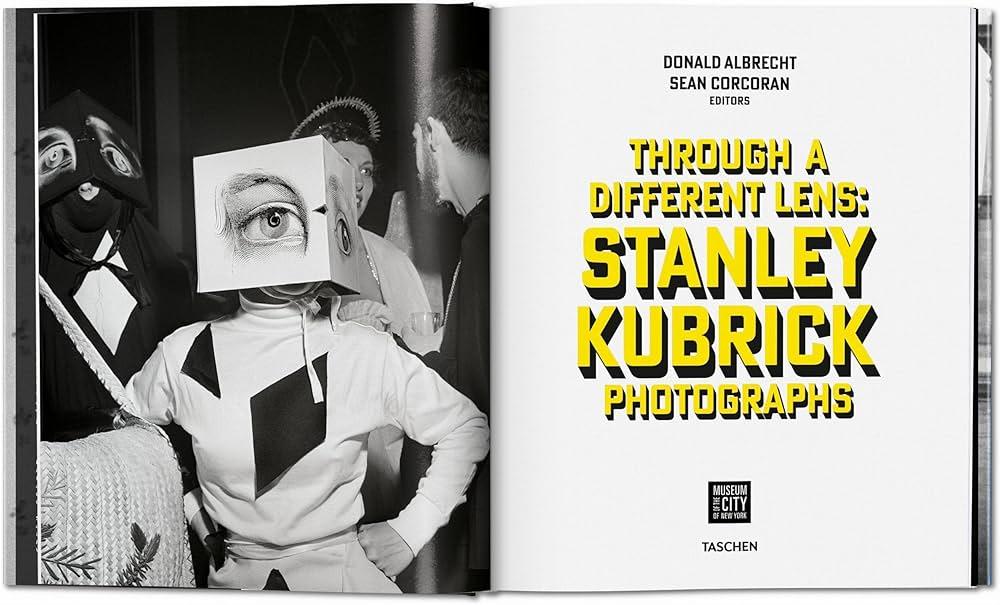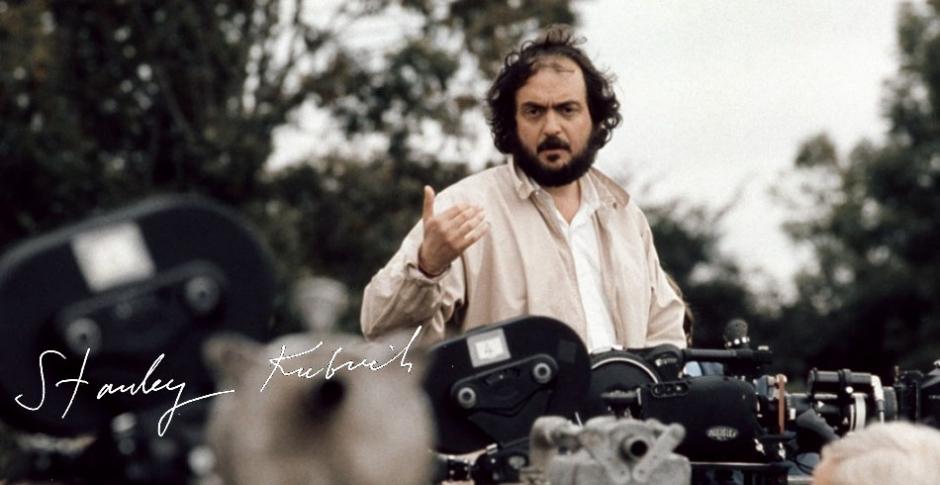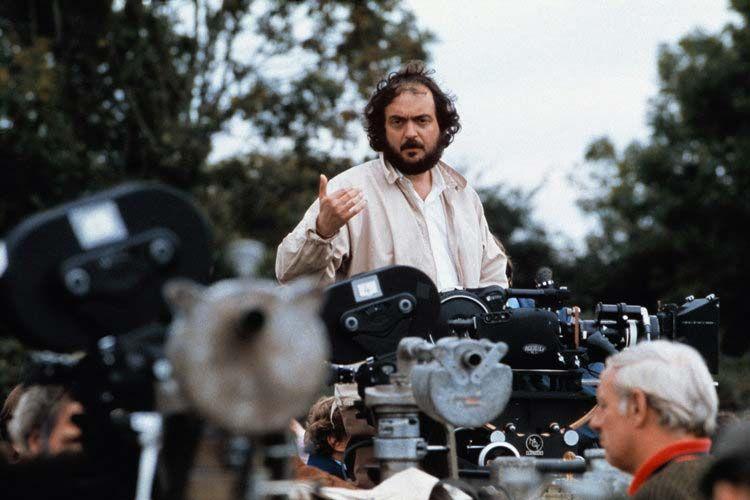Stanley Kubrick, a name synonymous with cinematic innovation, has long been a subject of both admiration and critique. Renowned for his meticulous attention to detail and groundbreaking visual storytelling, Kubrick’s films continue to spark debate among critics and audiences alike. Central to this discourse is the question of whether his works should be perceived as cold and detached or as a testament to his genius. On one hand, Kubrick’s films often explore themes of alienation and existential dread, leading some to view his narratives as emotionally distant. On the other hand, his masterful use of camera techniques, narrative structures, and thematic depth are hailed as indicators of unparalleled brilliance. This article delves into the complexities of Kubrick’s filmography, examining the elements that contribute to these divergent interpretations and exploring whether the perceived detachment is an intentional artistic choice or a misreading of his cinematic vision. Through an analytical lens, we seek to understand the dual nature of Kubrick’s legacy, assessing whether his films resonate more as cold exercises in technical prowess or as profound explorations of the human condition.
Exploring Emotional Nuances in Kubricks Cinematic Style
Stanley Kubrick’s films are often scrutinized for their emotional depth—or lack thereof. Some viewers perceive his work as cold and detached, pointing to his meticulous attention to detail and preference for long, lingering shots. This precision can sometimes create a distance between the audience and the characters, making it difficult to forge emotional connections. However, this very technique may also be seen as a deliberate choice, intended to allow viewers to engage with the narrative on a more intellectual level.
- Character Isolation: Kubrick frequently uses wide shots and stark environments to highlight the solitude of his characters, which some interpret as emotional aloofness.
- Symbolic Imagery: His films are rife with symbols that evoke a range of emotions, offering a subtle layer of emotional complexity beneath the surface.
- Ambiguity and Open Endings: By leaving room for interpretation, Kubrick invites viewers to project their own emotions onto the story, creating a personal and subjective experience.
These elements, far from being mere stylistic choices, might instead be the keys to unlocking the genius of Kubrick’s cinematic approach. By eschewing conventional emotional cues, Kubrick challenges audiences to explore the emotional nuances embedded within the broader context of his films.

Analyzing the Technical Mastery Behind Kubricks Storytelling
Stanley Kubrick’s films are often hailed for their meticulous craftsmanship, a hallmark of his storytelling prowess that is evident in every frame. His technical mastery is showcased through a combination of innovative cinematography, precise editing, and strategic use of music. Kubrick’s dedication to detail is reflected in his insistence on multiple takes to achieve the perfect shot, which sometimes resulted in scenes being filmed dozens of times. This relentless pursuit of perfection often translated into a visual narrative that was as compelling as the story itself. For instance, in 2001: A Space Odyssey, the seamless blend of visual effects and classical music created an immersive experience that was revolutionary for its time.
- Cinematography: Kubrick’s use of the Steadicam in The Shining redefined horror film aesthetics, providing fluid motion that mirrored the unsettling atmosphere of the Overlook Hotel.
- Editing: The nonlinear narrative structure in A Clockwork Orange challenges viewers to piece together the story, engaging them in an active viewing experience.
- Music: His strategic choice of music, such as the use of Beethoven in A Clockwork Orange, adds layers of meaning and emotion, enhancing the psychological depth of his films.
By examining these elements, it becomes evident that Kubrick’s films are not merely exercises in technical prowess but a deliberate orchestration of filmic elements that serve to deepen the narrative impact. His storytelling is a testament to the genius that lies in the intersection of technique and creativity, inviting viewers to appreciate the nuanced layers of his cinematic world.

Balancing Emotional Perception with Artistic Intent in Kubricks Works
Stanley Kubrick’s films often stir debate regarding their emotional tone. On one hand, some viewers perceive his work as cold and detached, characterized by a meticulous attention to detail that can overshadow the human element. On the other, this apparent detachment might be a deliberate choice, serving his artistic intent to provoke thought and explore complex themes. Kubrick’s use of stark imagery and precise composition can be seen as a method to create a cerebral experience, one that invites viewers to engage with the film on an intellectual level rather than an emotional one.
- Emotional Perception: Critics argue that the emotional distance in Kubrick’s films, such as in “2001: A Space Odyssey,” serves to emphasize the vastness and isolation of space, mirroring the existential questions posed by the narrative.
- Artistic Intent: Kubrick’s unique storytelling approach can be seen as a conscious effort to challenge traditional emotional narratives, encouraging audiences to focus on the thematic and philosophical underpinnings of his work.
Ultimately, the balance between emotional perception and artistic intent in Kubrick’s oeuvre invites ongoing discussion. Whether seen as detached or genius, his films continue to captivate and provoke, demonstrating the power of cinema to transcend conventional emotional engagement.

Recommendations for Viewing Kubricks Films with a Nuanced Perspective
To appreciate Stanley Kubrick’s films with a nuanced perspective, it is essential to delve into both the technical mastery and the thematic intricacies that define his work. Kubrick’s films often present a veneer of emotional detachment, a characteristic that has been interpreted as coldness by some critics. However, this stylistic choice can also be seen as a deliberate strategy to evoke deeper reflections on human nature, society, and the universe. To navigate this complex landscape, viewers can benefit from adopting a dual lens that embraces both the intellectual and emotional dimensions of his films.
- Analyze the Visual Composition: Kubrick’s meticulous attention to detail in cinematography and set design is not just for aesthetic appeal but serves as a narrative device. Observing the symmetry, lighting, and camera angles can reveal underlying themes and character motivations.
- Consider the Context: Understanding the historical and cultural backdrop against which Kubrick’s films were made can provide insight into his thematic choices. Each film reflects the societal anxieties and technological advancements of its time.
- Reflect on Ambiguity: Embrace the open-endedness of Kubrick’s storytelling. His films often leave room for interpretation, encouraging viewers to question their assumptions and engage in critical thinking.
- Engage with the Soundtrack: The music in Kubrick’s films is deliberately chosen to enhance the narrative and emotional depth. Listening closely to the soundtrack can uncover layers of meaning that complement the visual storytelling.
